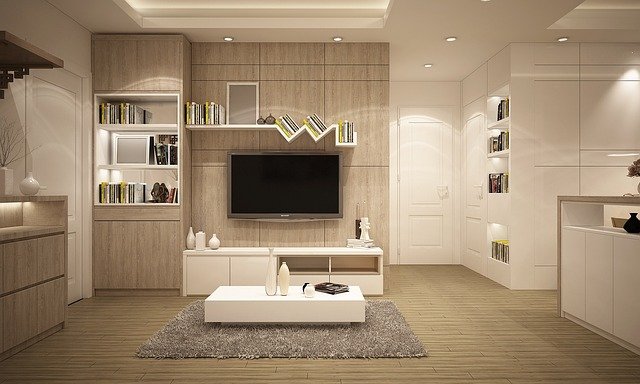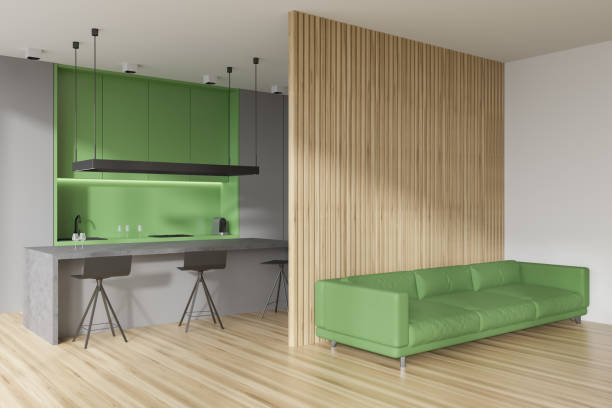Practical Home Decor Ideas for Comfortable Living
Creating a home that feels comfortable, functional and personally meaningful starts with small, intentional choices. Whether you are updating a single room or refreshing an entire flat, practical home decor balances aesthetics with everyday use. This article outlines approachable strategies for defining style, arranging space, choosing colour and materials, and finding affordable options and local services to support your project.

Choosing a cohesive style for your space
Begin by identifying the atmosphere you want: calm and minimal, cosy and layered, or modern and streamlined. Collect images, fabric swatches or paint samples to build a simple mood board. Limiting your palette to two main styles or complementary themes helps avoid a cluttered look. Consider the architectural features of your home — high ceilings, period mouldings, skirting boards — and let those guide choices for furniture scale and finish. Consistency in scale, wood tones and metal finishes will tie different rooms together while allowing personality through textiles and art.
Practical layout and space planning
Good decor begins with a practical layout. Measure rooms and map out circulation paths so furniture doesn’t block doors or windows. In smaller rooms, choose multi‑functional pieces such as ottomans with storage, nesting tables or sofa beds. Create defined zones in open‑plan spaces: a rug and lighting can anchor a seating area, while shelving can separate a workspace. Think about daily routines — where you drop keys, where kids play, how you entertain — and place durable surfaces and washable fabrics accordingly. Leave enough negative space to let the room breathe and avoid excessive ornamentation that hampers usability.
Colour, texture and lighting choices
Colour and texture shape how a room feels. Opt for a base palette of neutral or muted tones, then introduce accent colours through cushions, throws and smaller furnishings. Texture—wool rugs, linen curtains, woven baskets—adds warmth and depth even when colours are restrained. Lighting is crucial: layer ambient (ceiling), task (reading lamps, under‑cabinet lights) and accent lighting to create flexibility. Choose bulbs with warm colour temperatures for living spaces; maximise natural daylight where possible and use mirrors to reflect light into darker corners. Test paint samples on different walls and at different times of day before committing.
Affordable sourcing and local services in your area
Stretching a decor budget often means combining new, second‑hand and upcycled pieces. Charity shops, auction sites, car boot sales and local markets can yield unique finds; online marketplaces often list quality second‑hand furniture with collection options. For bespoke work or installation, search for local services such as upholsterers, joiners and curtain fitters in your area — many small tradespeople can offer competitive rates and personalised solutions. When buying new, check for warranties and return policies and prioritise items you’ll use frequently. Sustainable choices like repairing rather than replacing can reduce cost and environmental impact.
Maintaining and updating your decor over time
A practical home evolves. Choose durable finishes for high‑traffic areas and keep a simple repair kit for quick fixes (touch‑up paint, glue, spare knobs). Rotate soft furnishings seasonally to refresh the look without major expense: cushion covers, rugs and lampshades have a big visual impact. Keep storage systems flexible—modular shelving and labelled baskets help maintain order. When making larger updates, plan projects in stages so you can spread both cost and disruption. Regular decluttering ensures that each piece in your home earns its place and contributes to overall harmony.
Conclusion
Home decor that works day to day combines thoughtful decisions about style, spatial planning, materials and local resources. Focusing on cohesion, practical furniture choices, layered lighting and a mix of sources—new, second‑hand and local services—helps create a comfortable, resilient home. Over time, small updates and maintenance keep spaces feeling intentional and welcoming without requiring major overhauls.



